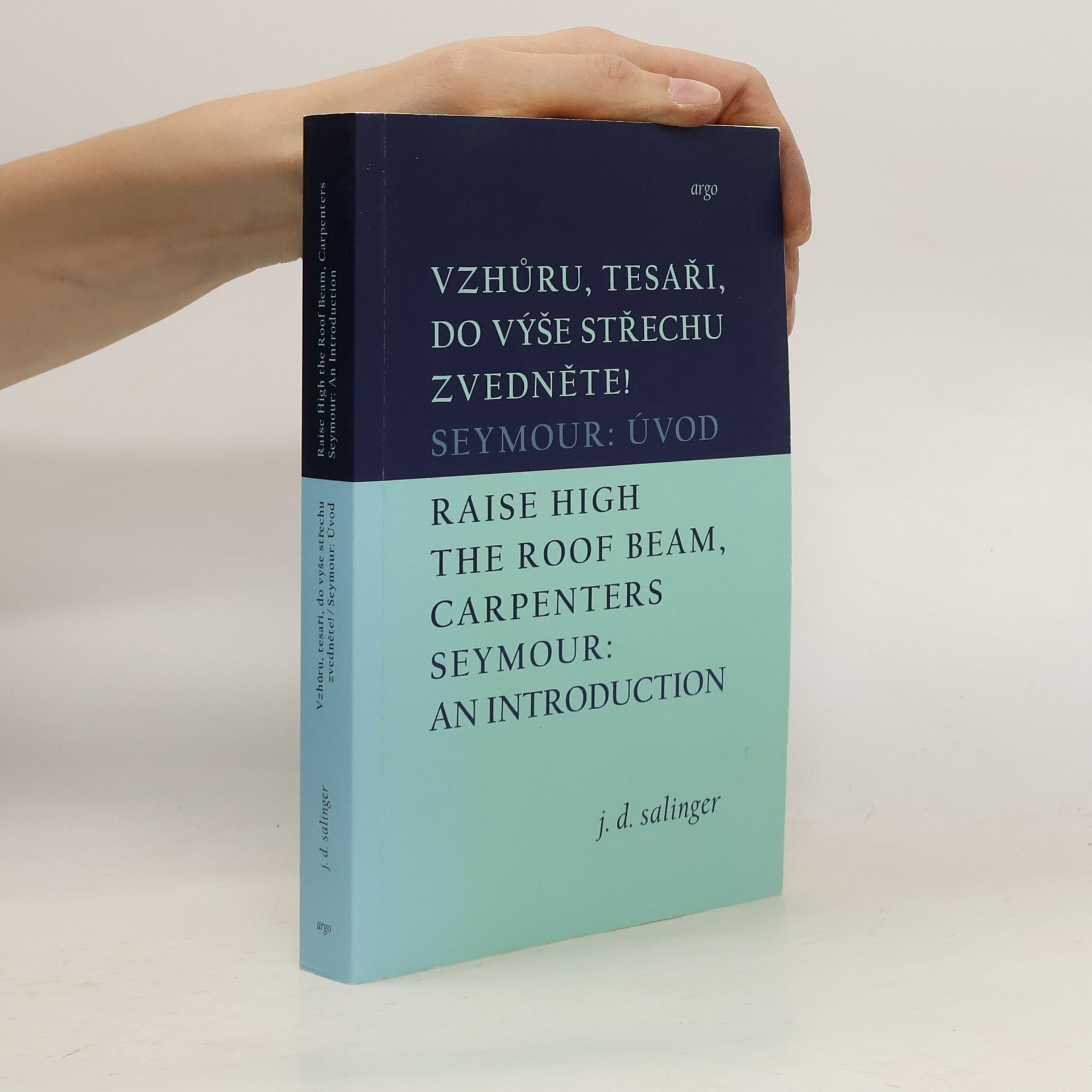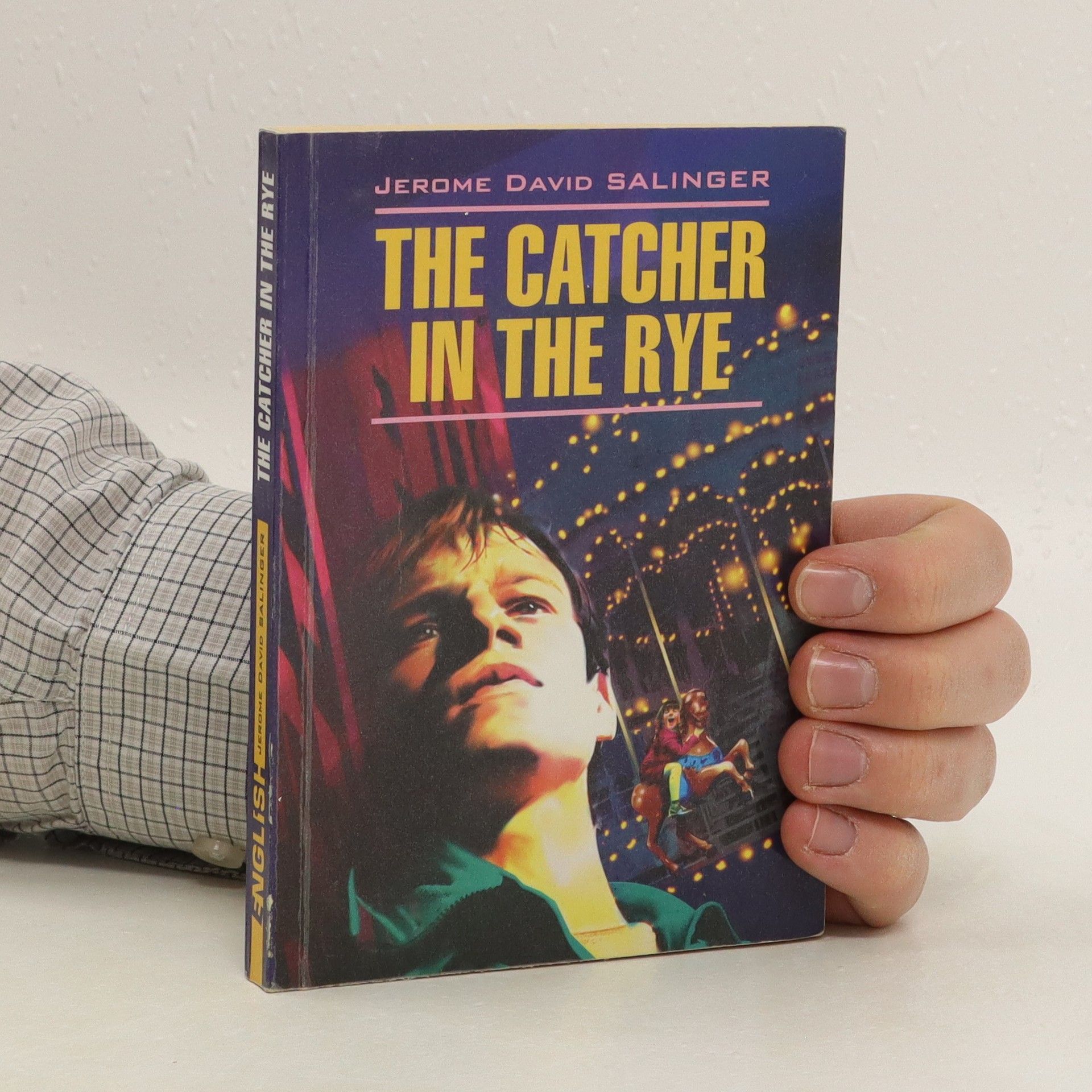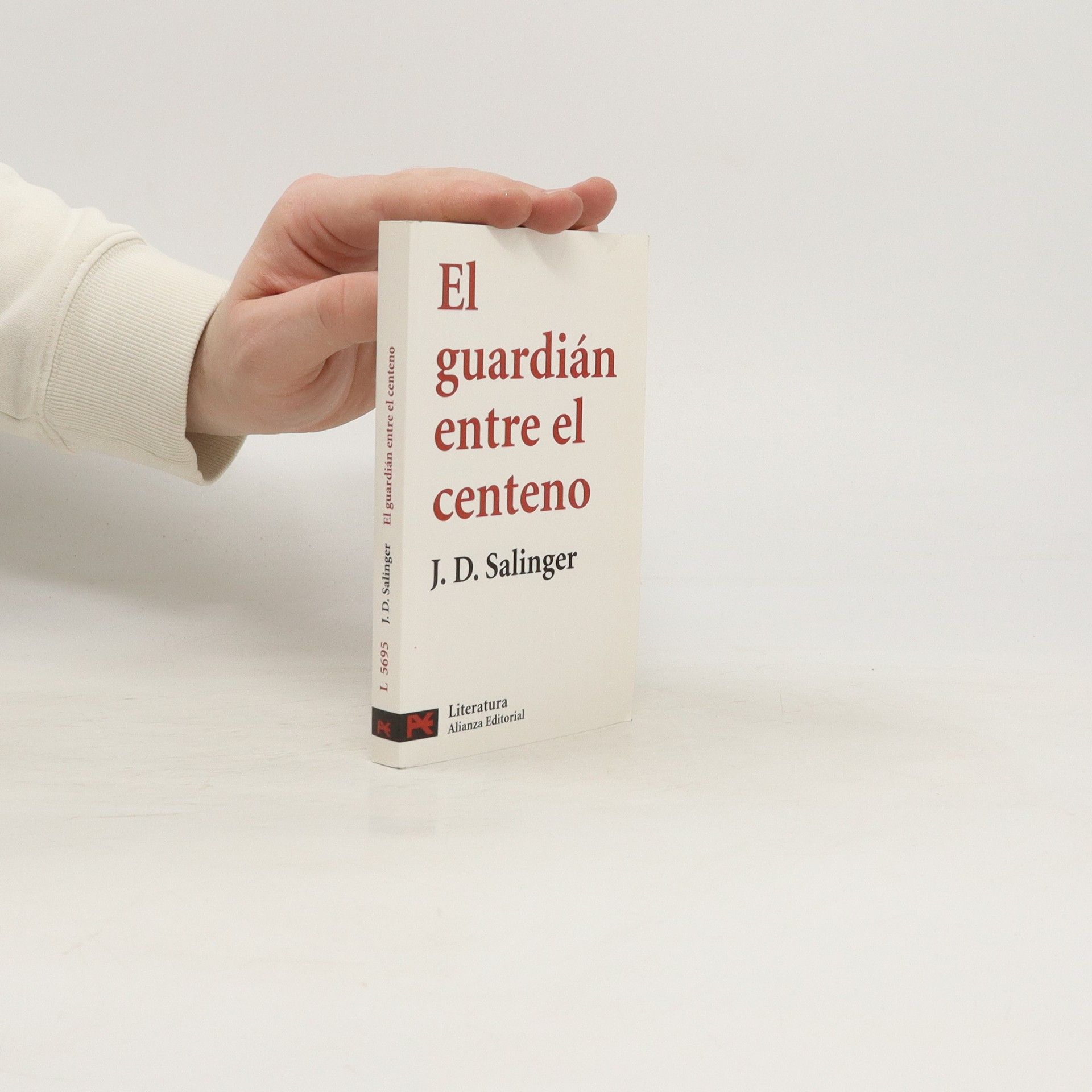El guardián entre el centeno
- 266 páginas
- 10 horas de lectura
"Un quinceañero de familia bien se encuentra en la búsqueda de un lugar y un sentido a la vida en el Nueva York de los años cuarenta. Las peripecias del adolescente Holden Cauldfiel en una Nueva York que se recupera de la guerra influyeron en sucesivas generaciones de todo el mundo. En su confesión sincera y sin tapujos, muy lejos de la visión almibarada de la adolescencia que imperó hasta entonces, Holden nos desvela la realidad de un muchacho enfrentado al fracaso escolar, a las rígidas normas de una familia tradicional, a la experiencia de la sexualidad más allá del mero deseo."--Amazon.com.










